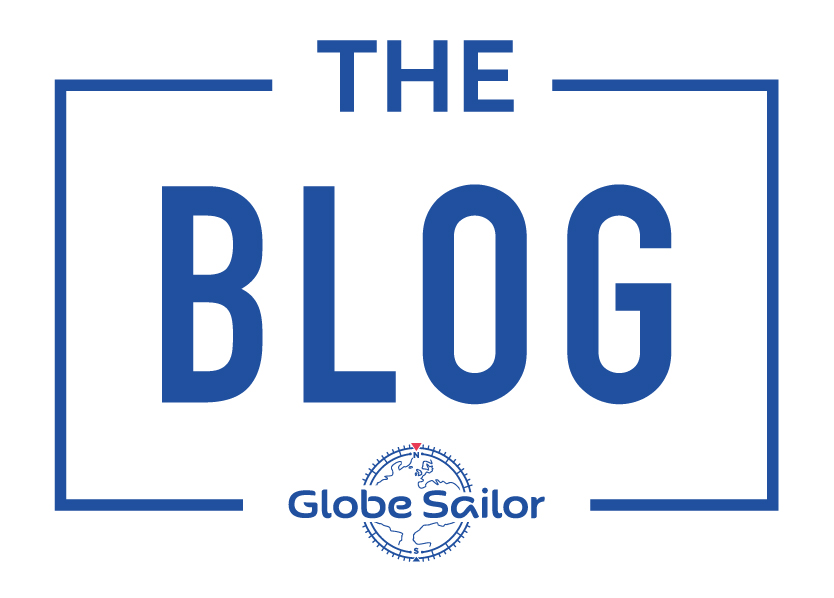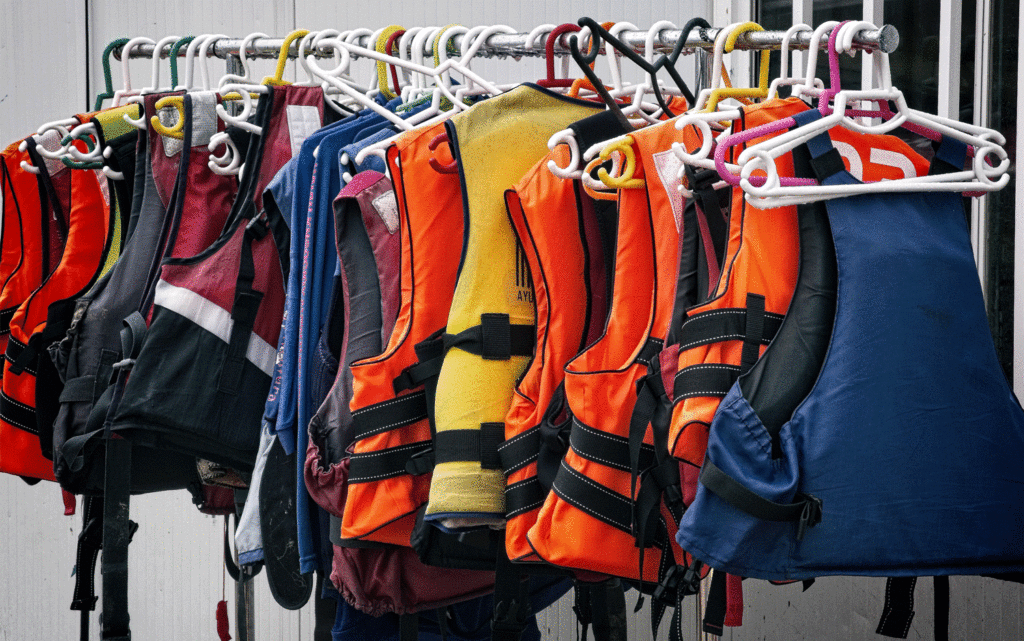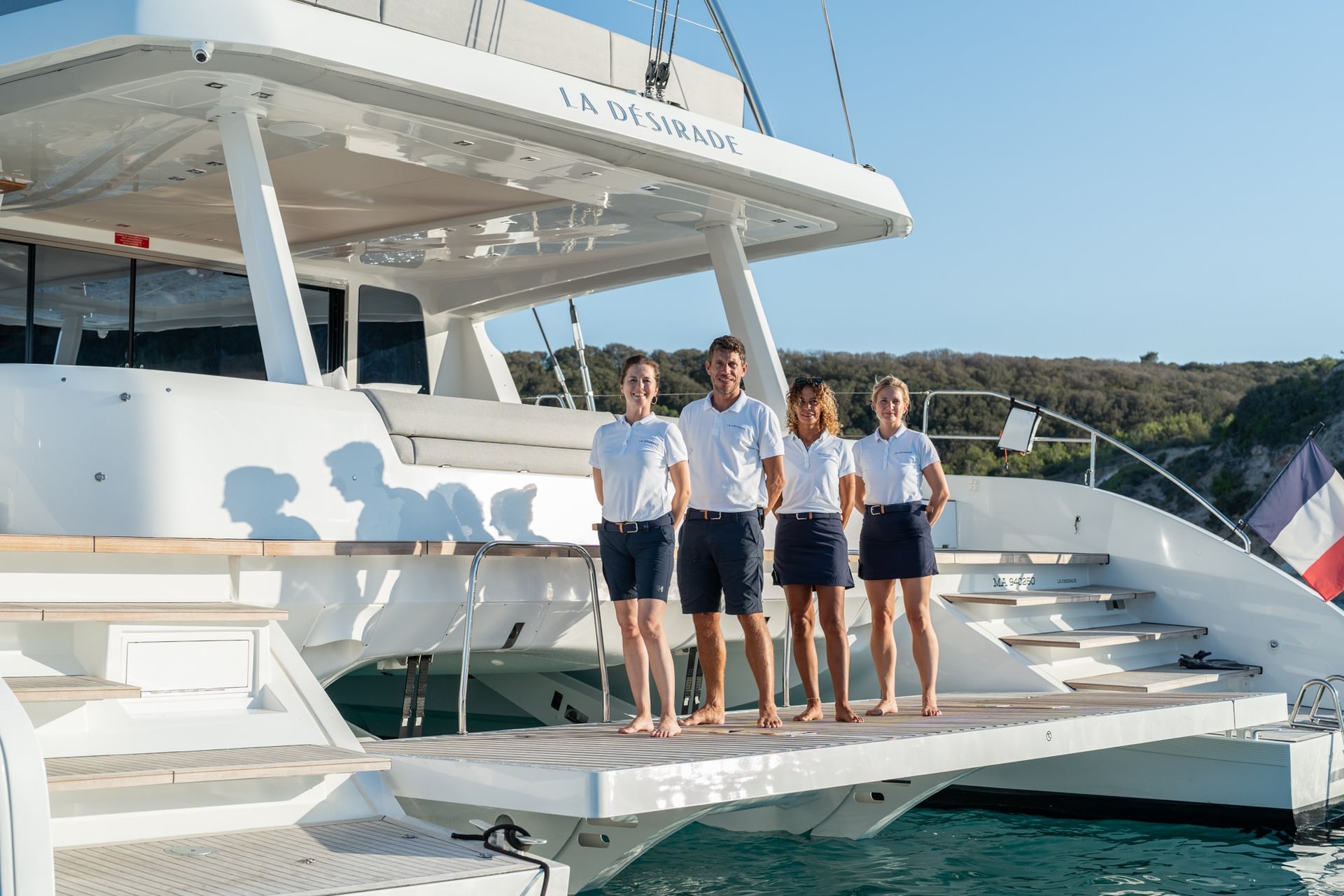A life jacket, personal flotation device (PFD) or life vest as it is also sometimes known as, is an extremely important but sometimes overlooked piece of safety equipment whilst sailing.
Regulations may vary and some may choose not to wear one but can you really afford to not be informed and check what and which type you have onboard? Designs have improved over time and there are many available for different types of activities. You should be especially aware if you have small children on board or less able swimmers.
Read on for the GlobeSailor quick guide to life jackets!
In general there are 3 main types of life jackets:
1. Inherently buoyant – Provides flotation without the need to inflate anything. The most popular type, most reliable, although can be bulky.
2. Inflatable – This type has a chamber that is filled with air. This will either be automatic or will require manually inflating. This type should not be used by anyone under 16 years of age. It is the most compact but requires inspection regularly and is not designed for non-swimmers.
3. Hybrid – Consists of buoyant foam material and an inflatable chamber. Not very common. Considered reliable but expensive and requires regular inspection.
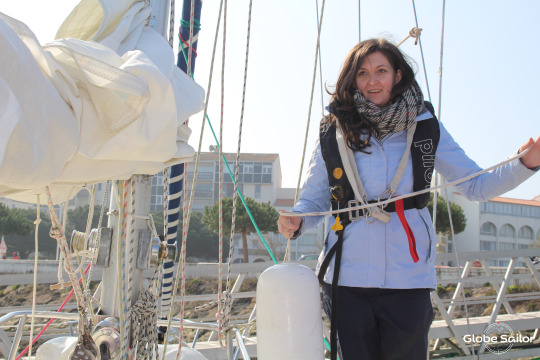
When choosing a life jacket or PFD you should consider the following:
- It should be approved for use in the country in which you will be enjoying a yacht charter and sailing.
- Make sure it is approved for the type of activities you will be doing and conditions which you will be sailing in.
- Check that it the appropriate size for your weight and dimensions. Always buy a child’s life jacket which is specially designed for their age and size. Never put an adult’s life jacket on a child.
- It should feel comfortable and fit snuggly, whilst still allowing you to move. If it is too big it will ride up and not keep your head out of the water.
PFD Type 1
PFD or ‘Life Jacket’ is intended to keep an unconscious or conscious wearer face up in the water. Available in high visibility colours and with reflective parts. It can be used for off shore sailing and rough seas. It is the most reliable type.
PFD Type 2
PFD type 2 or ‘buoyancy vest’ is able to keep the body afloat but it is not always sufficient to turn all wearers face up in the water. It should be used when on fairly calm waters and for fishing, water-skiing and dinghies etc. They are usually the best choice for children when not too far from the shore.
PFD Type 3
A more lightweight ‘floatation aid’ this provides the same minimum floatation as type 2 but is more lightweight and comfortable. It will not turn an unconscious wearer face up in the water so it might not be suitable for children. Should be used in fairly calm water and when the wearer is not likely to be in the water for a long time. It is good for kayaking, canoeing and general boating.
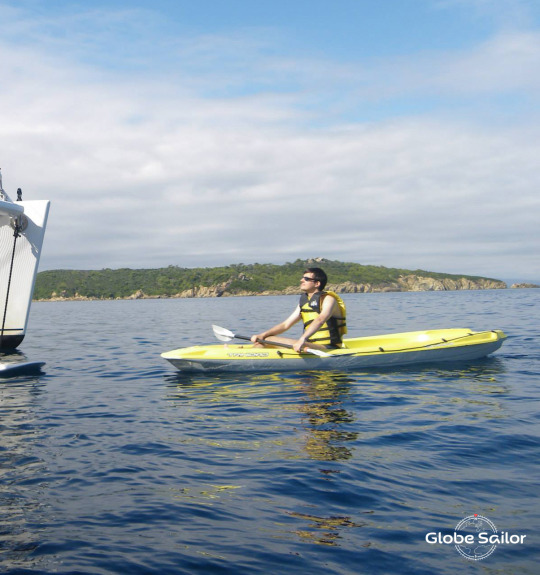
Regulation and Upkeep of Lifejackets
Regular inspection and upkeep of your lifejackets is essential to ensure that are still in a suitable condition.
- Check age of life jacket, how long it has been in the boat and its condition.
- Check for any leaks, tears, mildew or lumpy parts.
- Allow to dry completely before storing and keep in a cool, dry area.
- Check the condition of the straps any hardware or lights, whistle etc.
- Keep out of direct sunlight for extended periods of time

One last thing to remember…
A life jacket can only save your life IF YOU ARE WEARING ONE!
